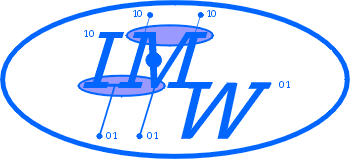INSTITUTE OF MATHEMATICAL ECONOMICS


Wulf Albers,
Eike Albers, Leif Albers, Bodo Vogt
Abstract
The information that is used to create a numerical response is typically diffuse, and cannot be described by a distribution. A criterion to describe the information is its range of reasonable alternatives, corresponding to the worst case-best case analysis of practitioners in decision situations where distributions are missing. Empirical data show, that numerical responses in such situations follow a rule that gives conditions for the exactness of the response. The rule says that the exactness is selected such that there are between 3 and 5 alternatives on this or a cruder level of exactness in the range of reasonable alternatives. This rule permits to predict the exactness of responses, but also permits to deduce on the exactness of information. Once known, it is a powerful tool to inform about information and motives of subjects from their numerical responses. - The paper introduces the rule, and gives some empirical examples that support the theory. These examples concern retail price setting of firms, subjects' estimates of numbers of inhabitants of towns, and a bearing experiment in which different degrees of diffuseness are simulated.

| walbers@wiwi.uni-bielefeld.de | ||||
| List of IMW Working Papers | Members of the IMW | |||
|
Last Update: Monday, 23-Nov-98 13:53:00 MET©
Michael Borgelt Sending to: 134.76.163.122, Index:2 |